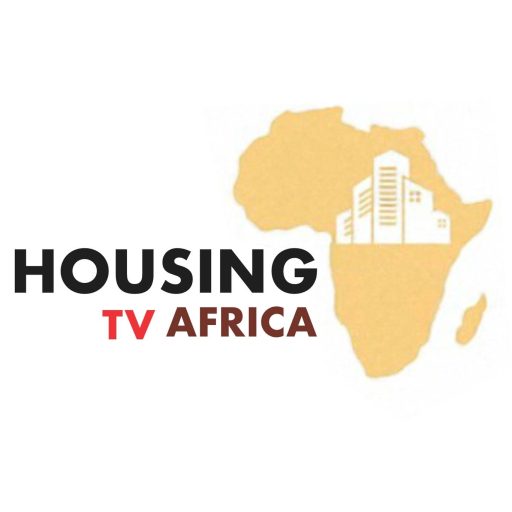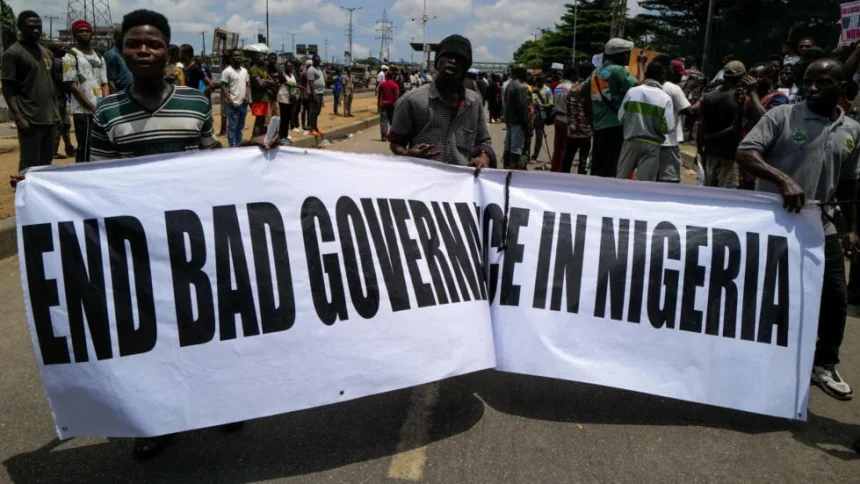Young protesters in Kenya have successfully demanded the withdrawal of a bill that would have raised taxes on essential items, including bread, vegetable oil, and sanitary towels. Inspired by their neighbors, Ugandans have marched against corruption, while Nigerians have rallied against “bad governance” and the soaring cost of living.
Since the COVID-19 pandemic, similar protests have erupted in several other African countries, including Ghana, Angola, Malawi, and Senegal. Although each protest has unique drivers, they share common themes: booming young populations struggling with high inflation, a lack of good jobs, and a distrust of the political class.

“Here in Kenya, if you look at these protests they were led by educated people. But most of them [were] jobless,” said Anthony Kamande, an inequality researcher at Oxfam in Nairobi.
Africa is a young continent, with 70% of the population under 30, according to the UN. Its population is expected to almost double in 30 years, reaching 2.2 billion. Gen Z and millennial Africans are better educated than previous generations. Of 22 countries that provided data to UNESCO from 2011 to 2021, the proportion of students going on to higher education fell in only three. However, according to the World Bank, more than 10 million people enter the workforce each year in sub-Saharan Africa, competing for just 3 million jobs.
READ ALSO: Hardship: Nigeria experiencing deepening economic crisis – IMF
Many who do not find formal work end up hustling in the poorly paid, risky informal sector. Unemployment was ranked as the most important problem by 18- to 35-year-olds surveyed by the pan-African survey organization Afrobarometer.
The economic shocks of recent years—COVID-19, Russia’s invasion of Ukraine driving up food, fuel, and fertilizer prices, and the US central bank’s interest rate hikes increasing global borrowing costs—have triggered cost of living crises in many countries. Inflation remained in double digits in about a third of sub-Saharan African countries earlier this year, according to the International Monetary Fund. In Nigeria, it is running above 34% following the removal of a costly fuel subsidy and a series of currency devaluations.
These policy changes, initiated when Bola Tinubu took office as president in May 2024, did not immediately cause protests. “Prior to the presidential election in 2023, each of the three candidates said FX [foreign exchange] liberalization needs to happen and the fuel subsidy is unaffordable and needs to go,” said Razia Khan, Middle East and Africa chief economist at Standard Chartered bank. “There was just an acceptance on the part of Nigerians.”
READ ALSO: HDAN Urges FCT Minister’s Intervention to Address Electricity Crisis
“It’s a year after the initial fuel subsidy removal that we’re seeing protests, driven by the fact that the cost of living crisis has not eased meaningfully and inflation continues to be at runaway levels,” she added.
In contrast, tax hikes in Kenya were never broadly accepted. Protesters “feel that those in government, and parliamentarians in some cases, should also bear the pain by cutting spending,” said Yvonne Mhango, Africa economist at Bloomberg, pointing to the now-axed offices of Kenya’s first and second ladies.
Kamande, the Oxfam researcher, also blamed rising inequality and a debt crisis that has led to cash-strapped governments trying to raise taxes on ordinary people. “We need debt cancellation. It’s long overdue – it should have happened yesterday,” he said.
Heavy debt burdens have swallowed up public spending. Kenya is spending a third of government revenues servicing its debt. In Ghana, half of government income went on debt servicing in 2022, before it defaulted at the end of that year.
Ethiopia is also restructuring its debt while trying to avoid the soaring inflation that Nigeria has experienced since devaluing its currency. The East African country let its birr currency weaken 30% against the US dollar last week. Later that day, the IMF signed off on a $3.4bn (£2.68bn) four-year loan. Ethiopia is also expected to get $16.6bn from the World Bank over the next three years.
While an artificially strong exchange rate is not necessarily sustainable, the fallout from devaluations can be painful, said Daouda Sembene, the chief executive of the Dakar-based consultancy Africatalyst. “Attention also needs to be put … to make sure that those who are likely to suffer from it are protected,” said Sembene, a former IMF executive director.
Many of the pressures fuelling recent protests are not going away, said Charlie Robertson, head of macro-strategy at FIM Partners, which manages investments in emerging market countries: “Political protest is all that educated youth have.”



